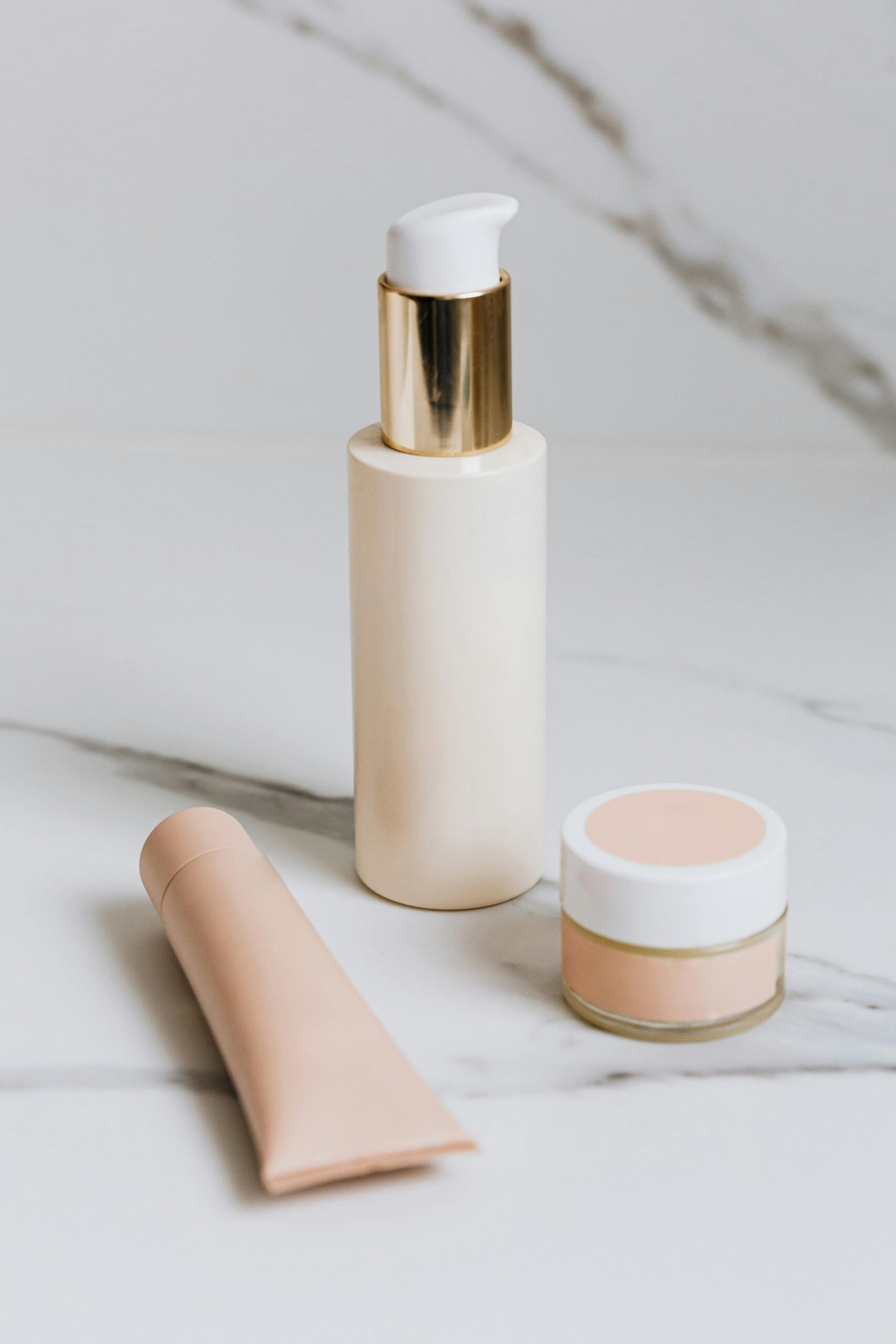24 September 2024 |
3:53 pm
In a super world, all skincare merchandise would consist solely of pure components. Nonetheless, if this have been the case, we’d miss out on the potential advantages related to artificial components. For a skincare product to be efficient, it should include “actives”. These actives will be obtained from both man-made or natural sources. Pure actives…

In a super world, all skincare merchandise would consist solely of pure components. Nonetheless, if this have been the case, we’d miss out on the potential advantages related to artificial components. For a skincare product to be efficient, it should include “actives”. These actives will be obtained from both man-made or natural sources. Pure actives come from crops whereas artificial components are made in a lab.
Instinctively, one would possibly suppose that naturally derived components are superior to these manufactured in a laboratory. However is that basically true?


Sadly, there isn’t a authorized normal for what constitutes “pure” in skincare, leaving many manufacturers to outline it in accordance with their standards. Simply because a product is labelled as pure doesn’t imply it’s made with 100% pure components.
“Nature is usually used to promote merchandise within the skincare and wellness trade, however generally, companies are merely exploiting nature for industrial acquire,” says Sally Gouldstone, CEO of Seilich, a private care model.
This doesn’t imply there aren’t any advantages to going pure. Nonetheless, earlier than absolutely immersing your self in pure skincare merchandise, it’s essential to learn labels fastidiously. Focus extra on precise components than obscure advertising phrases.
Buzzwords like “eco-friendly,” “sustainable,” and “pure” aren’t regulated, so that they could be meaningless in relation to product labelling. Be cautious of merchandise that declare to be “chemical-free,” as this suggests that chemical compounds are inherently unhealthy—although water is a chemical.
Additionally, some naturally occurring components can have a robust impact on our our bodies. As an illustration, botanicals similar to tea tree oil, eucalyptus, and rosemary can set off pores and skin irritation, with sensitivity various from individual to individual.
On the flip facet, artificial skincare merchandise—additionally known as chemical-based merchandise—encompass components (synthetic) created in a laboratory after thorough analysis on pure components.
READ ALSO: 6 Poisonous Components To Keep away from In Skincare Merchandise
UNSAFE CHEMICALS?


The reality is, you’re simply as more likely to be uncovered to unsafe chemical compounds in processed meals and drinks, cleansing sprays, meals packings, and even prescription medicines in addition to in private care merchandise.
With the rising recognition of pure skincare, artificial skincare has developed a little bit of a foul rap. Whereas it’s true that artificial skincare can embrace a couple of undesirable components like paraben, silicones and phthalates, it additionally contains components like hyaluronic acid and retinol which have shortly change into many individuals’s favourites.
Researchers have discovered harmful ranges of mercury in pores and skin lightening and anti-ageing lotions. They’ve linked chemical compounds in hair dyes and straighteners to breast and uterine most cancers. They’ve additionally traced fragrances in soaps and shampoos to poor semen high quality and fertility points.
READ ALSO: All Your Questions About Fragrances In Skincare Answered
IS SYNTHETIC SKINCARE BETTER THEN?


Apparently, pure skincare is nearly at all times processed in a lab, additional blurring the definition of “pure”. Hyaluronic acid, as an example, is usually extracted from candy potatoes in a lab. Whereas salicylic acid, probably the greatest zits remedies is lab-extracted from willow bark.
Does that imply artificial skincare merchandise are higher than pure ones? Not essentially. The effectiveness of each pure and artificial merchandise varies, so it’s not so simple as saying one is healthier than the opposite. Each have their execs and cons.
Whereas many pure components can go straight from the supply into the product, artificial components are manufactured by specialists, providing larger consistency and uniformity in batches.
Lab-extracted components in artificial skincare additionally enable for extra sustainable, cruelty-free choices. As an illustration, squalene, a hydrating ingredient historically harvested from shark livers, can now be extracted in a lab from rice bran, sugarcane, and olives.
READ ALSO: Wonderful Components For Pure Skincare
Nonetheless, some components in artificial skincare could trigger irritation or clogged pores, so it’s advisable to avoid PEGs, silicones, and artificial dyes.
In the meantime, plant-based components are excessive in antioxidants, which assist combat the damaging free radicals our pores and skin encounters every day. Antioxidants embrace beta-carotene derived from carrots and candy potatoes, vitamin C in citrus and rosehips, and polyphenols in inexperienced tea.
Each pure and artificial components have a spot inside the skincare trade. Earlier than writing off both one, analysis the components discovered within the merchandise you purchase.







